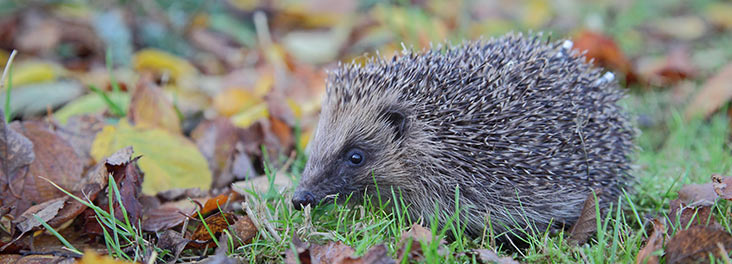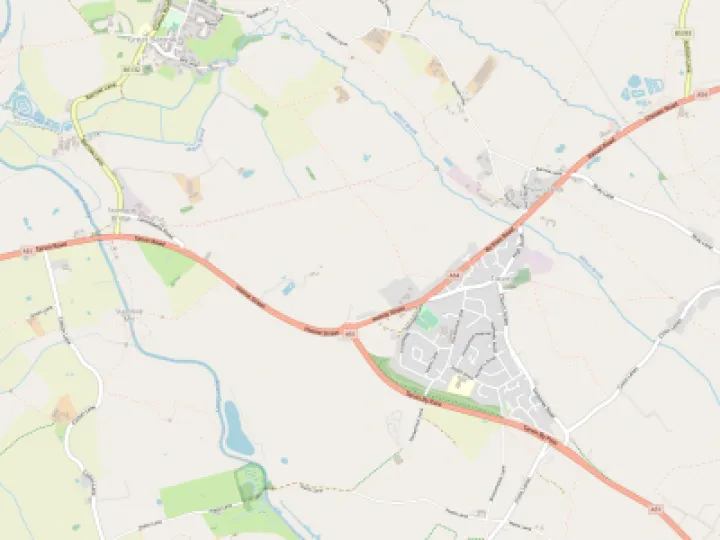Hedgehogs in the garden






At the Open Forum part of the last Parish Council Meeting a member of the public highlighted the problems caused to hedgehogs because so many gardens now have fence panels supported on concrete panels. This means that hedgehogs cannot move freely between properties.

Hedgehogs are a gardener's friend, as they eat snails, slugs and insects.
Make a hedgehog a home
Leave areas of the garden 'wild', with piles of leaf litter and logs. These are an attractive nest as well as a home for the invertebrates (slugs, beetles) that hedgehogs like to eat.
Making an artificial home can be as simple as placing a piece of board against a wall.
Feeding hedgehogs
Food and fresh water will encourage hedgehogs to return. Leave out foods like tinned dog or cat food (not fish-based) and crushed dog or cat biscuits. Specialist hedgehog food is also recommended and can be bought from wildlife food suppliers.
Never feed hedgehogs milk as it can cause diarrhoea; instead provide plain, fresh water in a shallow bowl.
Hedgehog-friendly gardening
Cover drains and holes and place bricks at the side of ponds to give hedgehogs an easy route out. Cover swimming pools overnight and when not in use.
Check for hedgehogs before using strimmers or mowers, particularly under hedges where animals may rest. Check compost heaps for nesting hogs before forking over.
Build bonfires as close to time of lighting as possible and check them thoroughly before lighting.
Remove sports or fruit netting when not in use to prevent hedgehogs becoming entangled, and getting injured.
Slug pellets can poison hedgehogs and should only be used as a last resort. Instead try using one of many "natural" alternatives, like sprinkling crushed eggshells or coffee grounds around the plants you need to protect. If you have to use pellets, place them under a slate which is inaccessible to hedgehogs.
Hedgehog hibernation
Hedgehogs usually hibernate between November and mid March and animals must have enough fat reserves to survive hibernation. Making hedgehog homes in the garden and providing food will help hedgehogs.
Juvenile hedgehogs weighing less than 500 grams during late autumn will need help to survive the winter. – download our factsheet caring for autumn juvenile hedgehogs (PDF 416KB) for advice.
Did you know?
As many as 10 different hedgehogs may visit a garden over several nights, which could mean 'your hedgehog' is a number of different individuals visiting at different times.
Quick Links
Get In Touch
TarvinOnline is powered by our active community.
Please send us your news and views.

